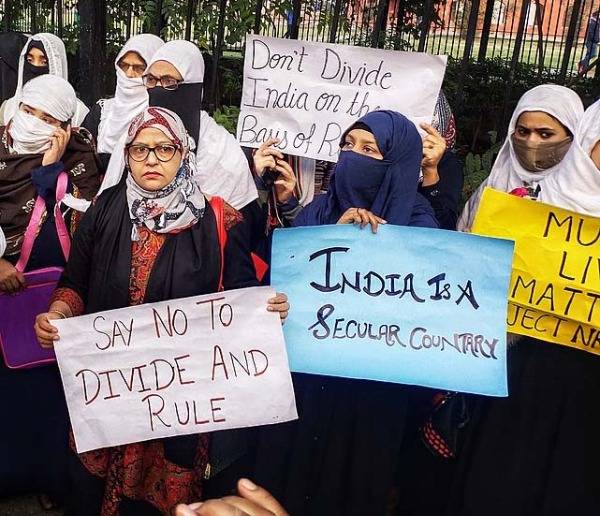
The extent of the tragedy surrounding Ireland’s mother and baby homes was exposed in January in a government report, which found that almost 60,000 women passed through the system, while 9,000 children died – that’s a shocking 15 per cent of all the children who lived in the institutions under investigation. The homes, run by the Catholic Church in Ireland and Church of Ireland, took in unmarried mothers, many of whom had been rejected by their families due to social pressures and stigma. Conditions in the homes were harsh, with the 3,000-page report painting a terrible picture of abuse, humiliation and control.
Leaders within the Church of Ireland appeared to apologise, with Archbishop of Dublin Dr Michael Jackson and Archbishop of Armagh John McDowell saying “we must all feel ashamed” for these “deserts within our community”. However, they did not take direct responsibility, instead apologising “for the role that our Church played in shaping a society in which unmarried women and their children were treated in this way”.
Implying that this approach was a product of the time, the archbishops were quick to insinuate that blame must be shared, saying that the Church was “complicit, as with the rest of society at that time, in a culture of hypocrisy and judgement which stigmatised women and children and endangered their health and well-being”. While there is no doubt that Irish society was deeply misogynistic, this doesn’t absolve the Church of Ireland of the harm and trauma they helped to cause during the 80 years from 1920-2000 covered by the report.
Church leaders must do more than say the right words, starting with opening up their archives so that survivors can piece together their personal histories, including where the children who died are buried (many of them in unmarked graves), and the identity of their birth mothers. Many of the children were taken away from their mothers and adopted, effectively by force. Given the high levels of infant mortality in the homes, Amnesty International Ireland, along with survivors and activists, are demanding a criminal investigation.
It is hypocritical for church leaders to claim, as they are doing, that their archives are private, given that they were operating using state money, in the public domain. As the writer Colm Tóibín has pointed out, the Catholic Church was “a sort of shadow state” in Ireland at the time, running schools, hospitals and orphanages across the country. The mother and baby homes investigation follows the horrific revelations around the Magdalene Laundries, institutions which used to house so-called “fallen women” – again run by the Catholic Church and Church of Ireland on behalf of the state.
This brings us to the controversial issue of financial redress. A £50 million compensation scheme for the Magdalene Laundries survivors was established by the government in 2013, but religious orders rejected demands that they also contribute. It looks likely that the Church of Ireland and Catholic Church in Ireland will again get away with not paying a penny. The report recommends that some survivors receive financial compensation, but clearly states that this is “a matter for government”.
Church leaders have become highly skilled at apologising over the last few decades, but they are not willing to be transparent or to provide meaningful redress to survivors. Thankfully, the grip of the Church has loosened significantly this century, with Taoiseach Michael Martin condemning a dark period of history in which Ireland had “embraced a perverse religious morality and control”.
However, this may be small comfort to those individuals and families who still bear the scars of the past. They must be provided with information about their identities and history, and the compensation they deserve. It’s time that the Catholic Church in Ireland and Church of Ireland are held to account, for what was a violation of human rights on a significant scale.
This piece is a preview from the Witness section of New Humanist spring 2021. Subscribe today.

